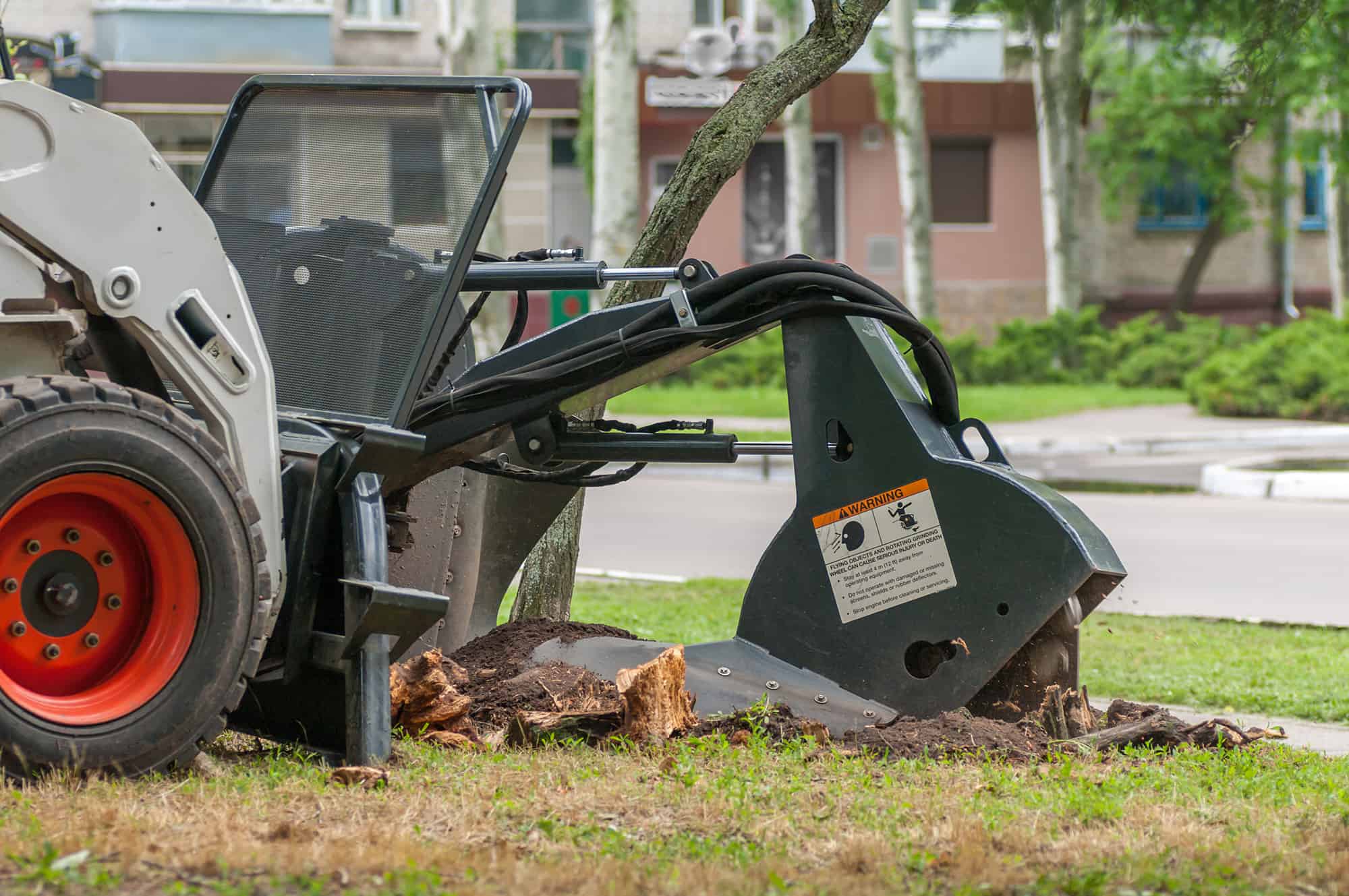Tree Care Checklist for the Fall
Green Light Tree Service is the leading tree care provider on Long Island. Their team of professional and experienced arborists is passionate about trees and go above and beyond to ensure that they provide their clients and the trees they service with exceptional care. Whether you need new trees planted, existing trees maintained, or you are interested in having trees removed from your property, you can count on Green Light Tree Service to deliver outstanding results.
While it’s hard to think about the fall as you’re sitting underneath the cool shade of your fully bloomed trees, before you know it, the signs of autumn will be here. Crisp weather and changing leaves are just around the corner, so now is a great time to start thinking about fall tree care.
Fall tree care is exceptionally important. It ensures that your leafy friends will thrive as they shed their leaves and will prepare them for the winter’s impending cold. Besides raking up leaves, what does tree care for the autumn involve? Below, you’ll find a handy checklist you can use to care for your trees this autumn.
Apply Fertilizer
Fertilizer is one of the easiest and most effective ways to keep your trees in good health.
In their natural environment, trees have access to all of the nutrients they need; however, in a yard, the conditions are much different. Human activity, reduced availability of moisture, and soil compaction cause stress and strain on trees. Additionally, raking up fallen leaves and twigs that would have naturally decomposed reduce the amount of nutrients that feed the tree roots.
These conditions can prevent trees from reaching their full potential in a landscape setting, make them more susceptible to disease and infestations, and can ultimately shorten their lifespan. In order to help your trees thrive, fertilizing them is essential.
Rake Fallen Leaves
Though decomposing leaves can add nutrients to the soil and feed the roots, they can also be a breeding ground for fungi. During the winter, disease-causing fungi seek shelter in fallen leaves. When the weather warms up in the spring, fungi spores awaken and can infect the tree.
By raking fallen leaves, you can minimize the chances that your trees will become infected with a disease. And of course, removing fallen leaves will improve the look of your landscape.
Apply Mulch
Mulch not only improves the aesthetic appeal of your landscape, but it also protects your trees. It acts as insulation around the roots, protecting them from plummeting temperatures in late fall and winter. Furthermore, mulching helps roots retain moisture, absorb nutrients from the fertilizer you’ve applied, and prevents weeds from growing to avoid competition between roots.
Mulch made of organic materials, such as natural wood chips, are the best for trees. Prior to applying mulch, make sure you remove all weeds, grass, and leaves that are surrounding the base of the tree. When applying your mulch material, take care not to pile it up against the base of the tree, and apply it so that it is about 2 to 4 inches deep.
Water Regularly
Just because the heat of summer has ended, it doesn’t mean that drought conditions are over. Trees need to be properly hydrated in order to flourish, so make sure you water them on a regular basis during the fall months.
When you’re watering, focus on the root zone, not the foliage. There’s no point in watering the foliage, as water travels through the roots to hydrate the leaves. Additionally, wetting the leaves can encourage fungus growth and disease. Water deeply so that the roots can successfully absorb the moisture, and water in the morning so your trees will be quenched during the height of heat during the day and to avoid the risk of freezing when the sun sets.
Plant New Trees
Fall is the ideal time to plant new trees. The cooler temperatures reduce the stress that extreme heat and sun can put on trees, giving them the chance to establish their roots so that they are ready for dormancy during the winter.
Grind The Stump
If you decide to cut a tree, keep in mind that it is advisable to grind the stump. Leaving the stump on your property can prove to be a safety hazard because it is not as easily seen, and you can trip over it. It can also be responsible for new little tree growths around the base. These little trees eventually use the nutrients from plants nearby and can lower the health of its surrounding landscape.
Wrap Newly Planted Trees
Newly planted trees may be vulnerable to the plummeting temperatures, winds, snow, and ice that will arrive with the upcoming winter season. These conditions can do extensive damage to saplings. Wrapping their trunks can avoid exposure to the elements that can damage them.
Wrap your trees with a natural material, such as burlap, during the fall so that they are prepared for winter weather.
With proper care in the fall, your trees will flourish through the cold months so that you can enjoy them even more when the spring weather returns.
For assistance with tree fall care on Long Island, contact Green Light Tree Service. Their crew of professionals will ensure your trees are prepared for the fall, prolonging their life, and improving their beauty.
- Learn more about Smithtown, NY 11787
- Open a Smithtown, NY map
- Find the Smithtown, NY United States Post Office
- Locate nearby Smithtown, NY pharmacies
- View the current Smithtown, NY weather report
- Browse a list of Smithtown, NY public and private schools
- Smithtown, NY is located in Suffolk County on Long Island

